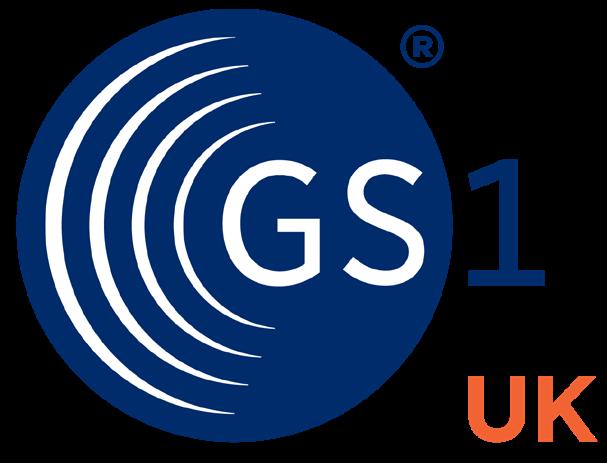
3 minute read
The medical technology strategy: a plan for success
from Health Business 23.2
by PSI Media
Each year it is estimated that NHS spends £10 billion on medical technologies (medtech). Nearly two million individual products are registered on the UK market with approximately one third of the UK’s annual medtech spend distributed between implants and protheses (17 per cent) and surgical equipment (16 per cent). However, until now there has been no central government plan
On 3 February, the government published the first UK medtech strategy1 – a plan to “align action across all our system partners, and drive improvement in priority areas to deliver effective and meaningful change that benefits patients”.
Medtech is critical to health and social care and no occasion has made this more pertinent than the COVID-19 pandemic.
As capacity pressures increased in hospitals, so too did the demand for medtech products, consequently impacting the supply chain. The strategy was later established to “ensure the health and social care system can reliably access safe, effective and innovative medical technologies that support the continued delivery of high-quality care, outstanding patient safety and excellent patient outcomes in a way that makes the best use of taxpayer money”.
A system-wide approach to change
The strategic vision focuses on three central objectives: right product, right price, and right place, and to ensure the strategy is not implemented in isolation, it coincides with nine existing sector initiatives including: regulation, digital, supply and distribution, and procurement and clinical quality.
Although the plan aligns with data and digital sector initiatives, data is firmly placed as a key pillar to the four main priority areas of the strategy which include: resilience and continuity of supply; innovative and dynamic markets; enabling infrastructure; and specific market focuses.
How does data shape the medtech strategy?
Data holds the key to enabling greater transparency and traceability of medical devices on the UK market, but not just any data, it needs to be standardised, and it needs to start with unique device identification (UDI).
GS1 standards are authorised as UDI issuing entities for many international medical device regulations including those for the EU MDR and US FDA.
The Medicines and Healthcare products Regulatory Agency (MHRA) is in the process of making provisions for medical device legislation in Great Britain (GB), and intends to harmonise the UDI system alongside those of Europe and the US. As such, medical device manufacturers and suppliers will be able to use GS1 standards to comply with forthcoming regulations affecting the GB market.
GS1 standards uniquely identify every person, every product, and every place throughout the supply chain and patient journey. Information is encoded into a barcode and identified using a GS1 Key which can be scanned at the point of care or use. This enables devices to be tracked and traced from the point of manufacture to specific locations and directly to the patient. This level of visibility means that devices can be easily located. Staff spend less time searching for devices, minimising delays to patient care as devices (e.g. ECG monitors) are available quickly when needed. It also makes product recalls easier to manage, reducing the risk of harm to patients and allowing for accurate reporting on adverse events by monitoring patient outcomes at scale.
How does UDI apply to the strategy?
In each of the priority areas, data has a part to play.
Resilience and continuity of supply
To reduce supply pressures that come with using single-use devices, the government has put emphasis on reusable devices that can be decontaminated or remanufactured instead. By applying UDIs, it is possible to trace such devices throughout the decontamination process to ensure a device has been sterilised before it is placed back into circulation, reducing any contamination risks.
Innovative and dynamic markets
It is estimated that around 500,000 different product types are regularly used in the NHS with around 30,000 different products in any one trust. Without UDI, it becomes difficult for standardised data capture for each device to monitor performance or patient outcomes. This leaves the NHS vulnerable to “high levels of unwarranted variation in product use across the NHS, and barriers to switching between products” which “impacts the ability to achieve the right product, in the right place, for the right price”.
Enabling infrastructure
The 2020 Cumberlege Review – First Do No Harm2, emphasised the impact of data on traceability and patient safety. The current decentralised nature of medtech data means there is “no single data standard, making it difficult to cross-reference data from different sources at a national scale”. UDI will help to standardise data collection and sharing, including encouraging the approach of ‘collect once, use often’, improving data quality for reporting.
Specific market focuses
This final priority centres on the use of medtech in the community and diagnostics. These products are procured via a separate supply chain to that of secondary care organisations, further limiting product traceability. With a system of unique identification in place to improve traceability, it will become easier to compare device information to help inform choice and reduce variation.
Collaboration and data are key
Throughout the plan there is a clear message highlighting the need for a ‘joined-up approach’ to remove operational silos. Collaboration and data are key to driving the success of the medtech strategy. The strategy states: “we will continue to work closely with the devolved administrations, the NHS in Scotland and Wales, Health and Social Care Northern Ireland, and all other health and care organisations across the UK to facilitate delivery of our vision in all parts of the UK, with the aim of improving patient outcomes for all”. L
References: 1. https://www.gov.uk/ government/publications/medical-technologystrategy/medical-technology-strategy
2. https://www.gov.uk/government/ publications/independent-medicines-andmedical-devices-safety-review-report FURTHER INFORMATION










